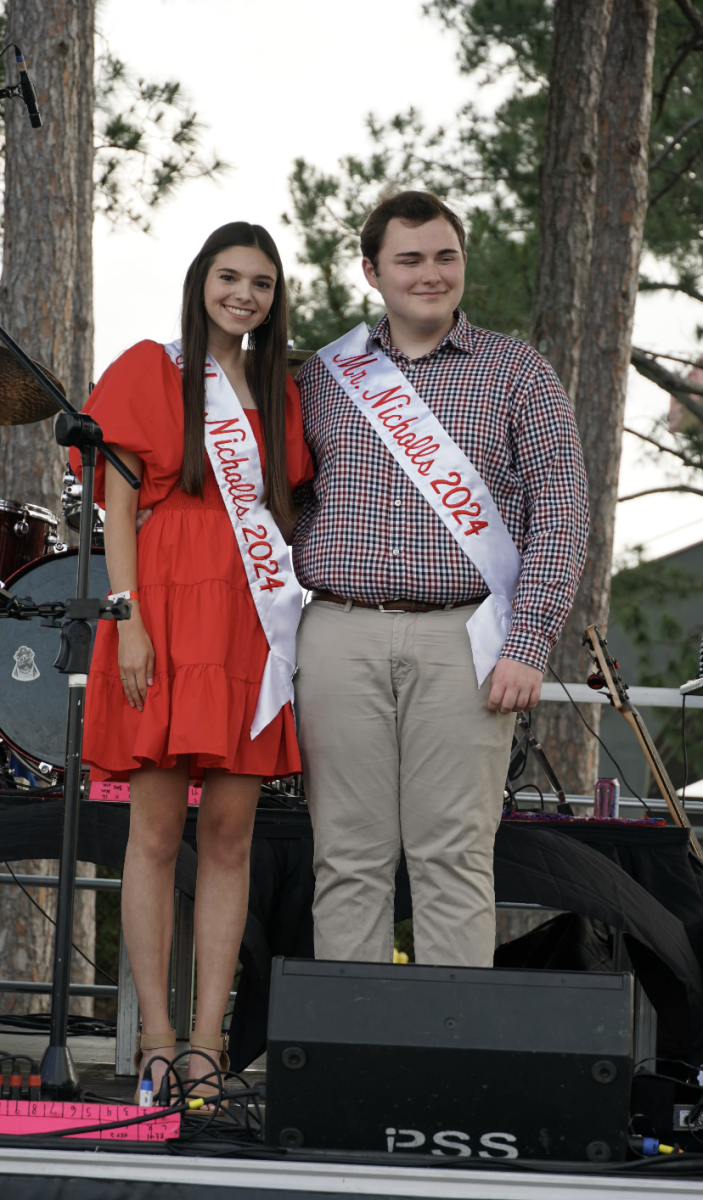Jack London said in 1883, “Show me a man with a tattoo, and I’ll show you a man with an interesting past.” One of the greatest writers of the modern era understood tattoos in a time of conformity and social norms. No doubt he would be amazed at how the tattoo has become accepted by today’s society, but would he still say the same about the ancient art?The word tattoo can be traced back to the Tahitian “tatu” or “tatau,” meaning to mark or strike. The Japanese use the word “irezumi,” meaning insertion of ink.
The origin of tattoos is an arguable subject, but experts and historians claim it has existed since 12,000 B.C., and many commonalities amazingly still exist between the ancient body markings of our ancestors and the latest inking done by the shops in the French Quarter.
The earliest discovered tattoos appear on “Otzi the Iceman,” dated circa 3,300 B.C. Small parallel dashes along the lumbar region and legs appeared to be therapeutic in nature. Tattooed mummies recently found in western China having similar markings date back to before 2,000 B.C. During the second half of the last century, several mummies were found in the mountains of eastern Siberia dating back to circa 300 B.C. Their bodies bore tattoos of animals in curvilinear style.
During the early Common Era, people in the Middle East practiced cutting themselves and rubbing in ash while mourning a loved one’s death, in an attempt to carry a reminder of the deceased on the their body. The ash is believed to have come from the actual funeral pyres.
Some Christians, Jews and Muslims believe the Bible prohibits tattooing in Leviticus 19:28: “You shall not make any cutting in your flesh for the dead, nor tattoo any marks on you: I am the Lord.” Jewish cemeteries still will not allow most with tattoos to be buried within their gates.
“Water Margin,” one of the four classic novels in Chinese literature, describes two of 108 characters, Shi Jun and Yan Qing, as having tattoos covering nearly the whole of their bodies.
But how did this ancient art form reach the western world and become popular in today’s society? We can credit Captain James Cook and his voyages to the South Pacific during the 1760s and 1770s.
When Cook and his crew returned home to Europe, they returned with more than just stories of “tattooed savages.” Many sailors returned with their own tattoos; Cook himself returned with a tattooed Tahitian chief.
King George V even got inked with the “Cross of Jerusalem” when he traveled to the Middle East in 1862 and a dragon on a trip to Japan. King Edward VII of England, King Fredrik IX of Denmark, Kaiser Wilhelm II of Germany, King Alexander of Yugoslavia and even Tsar Nikolai II of Russia all sported tattoos. Harmsworth Magazine, a once-popular English publication, estimated one in five members of the gentry were tattooed in 1898.
The fad soon spread to seaports around the globe, helped by traveling sailors. From that point on, in most western countries, tattoos were commonly associated with sailors, seamen, oil-riggers, military units, clubs, outcasts, drunkards and others with perceived loose morals.
In the late 1960s, the attitude towards tattooing changed. Much of the credit can be given to Lyle Tuttle. He was a tattoo artist who was handsome, charming, interesting and knew how to use the media. He tattooed many celebrities, especially women such as Janis Joplin and Cher. He also appeared in Rolling Stone and on “The Tonight Show with Johnny Carson.”
Tattoos are more popular now than at any time in their entire history. Current estimates suggest one in seven, out of over 39 million people in North America, have at least one tattoo. A poll conducted by Harris Interactive in 2003 found that 16 percent of adults in the United States have at least one tattoo, and the homosexual community has the highest percentage of tattooed members at 31 percent. Thirty-six percent of Americans ages 25 to 29 years and 28 percent of those 30 to 39 have been inked. Democrats are more likely to have tattoos than Republicans and Independents, while males and females are equally likely to get a tattoo.
While some see tattoos as a rite of passage or a way to rebel, many today see it as a way to remember a certain time or event, good or bad. Loved ones’ names are very popular according Randy Benoit, owner of Randy’s Fine Line Tattoos in Thibodaux, but so are butterflies and skulls.
From Jack London, a renowned artist from our not-so-distant past, we move on to Johnny Depp, a renowned artist of our time who said, “My body is a journal in a way. It’s like what sailors used to do, where every tattoo meant something, a specific time in your life when you make a mark on yourself, whether you do it yourself with a knife or with a professional tattoo artist.


![Assistant coach Cody Livingston [#53] talking with pitcher Nico Saltaformaggio [#38] on the mound(5/12).](https://thenichollsworth.com/wp-content/uploads/2024/05/LivingstonNicoHuddle-vs-Lamar-1200x800.jpg)




